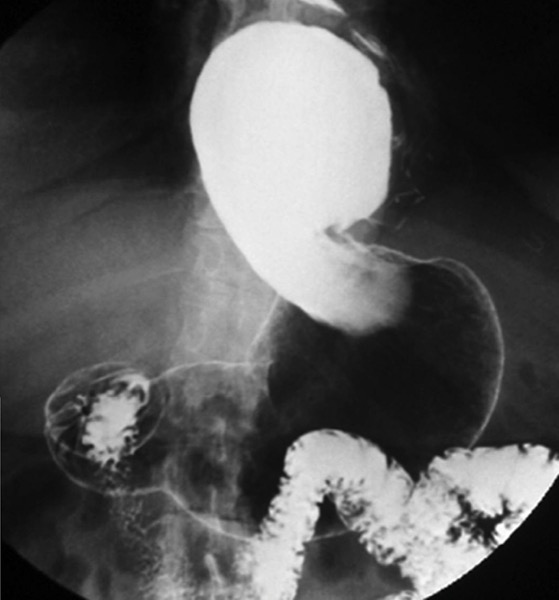In a presentation at the 2023 Clinical Congress of the American College of Surgeons, Kelly Haisley, MD, discussed the decision of whether or not to add a fundoplication to a paraesophageal hiatal hernia repair.
“Had you asked me that exact question, even just a couple years ago, I probably would have responded that it’s blasphemy. … Of course you have to do a fundoplication with a paraesophageal hernia repair,” said Dr. Haisley, a clinical assistant professor of surgery at The Ohio State University Wexner Medical Center, in Columbus. “That’s how I was trained and that’s how it was.”
Indeed, it’s a view held by many clinicians and professional organizations, including the Society of American Gastrointestinal and Endoscopic Surgeons, which states that a fundoplication is important during a paraesophageal hernia repair. Perhaps not surprisingly, the arguments supporting routine fundoplication in these procedures are several, and include decreased postoperative reflux and a reduced risk for recurrence.
Yet as Dr. Haisley explained, these benefits are not as clear-cut as they may initially seem, since approximately half of patients who did not get a fundoplication do not develop reflux, which calls into question the need for the procedure in the first place. As for recurrence, a recent meta-analysis found that the risk for paraesophageal hernia recurrence was comparable between patients who did or did not receive a fundoplication (Surg Endosc 2022;36[8]:6300-6311).
“So, if it doesn’t reduce recurrence and maybe only half of patients need it to prevent GERD, we probably also have to consider the dark side of fundoplication,” Dr. Haisley said. This includes increased operative time, technical challenges, more complicated revisional surgery, higher rates of dysphagia than in primary Nissen fundoplication and worse symptoms should a recurrence occur if a fundoplication is present.
Perhaps one of the most important considerations in the debate over the need for fundoplication, Dr. Haisley argued, is the distinction between paraesophageal hernias and gastroesophageal reflux disease, along with the fact that they may not always coexist.
“We certainly have patients with GERD who do not have hiatal hernias, and many patients with small hiatal hernias that don’t have clinically significant GERD,” she said. “Could it be possible to have a paraesophageal hernia but a competent enough lower esophageal sphincter based on the esophageal muscle alone?” The difference, Dr. Haisley explained, is the viability of the valves of the lower esophageal sphincter, which she noted are difficult to measure.
“You really want to be sure that the valve is competent if you’re going to say it’s OK not to do a fundoplication, and that is where we run into problems,” she said.
To a certain degree, valve competence can be assessed via endoscopic appearance using either the Hill classification or the American Foregut Society Hiatus grade. In addition, newer technologies like the Endoflip impedance planimetry system (Medtronic) can measure the strength of a valve in real time to determine its functionality. Such advances, she noted, will allow surgeons to take a more individualized approach to patient care.
As such, the question of whether or not to perform a fundoplication in a paraesophageal hernia repair patient is largely dependent on individual patient factors.
“As someone who was previously very staunchly in the pro-fundoplication camp, I can say that I think this is changing,” Dr. Haisley wrapped up. “I think having these more nuanced discussions about what defines valve competency, what we’re trying to achieve for our patients and the potential downside to giving everyone a fundoplication are really important conversations for us to have.”
This article is from the May 2024 print issue.



